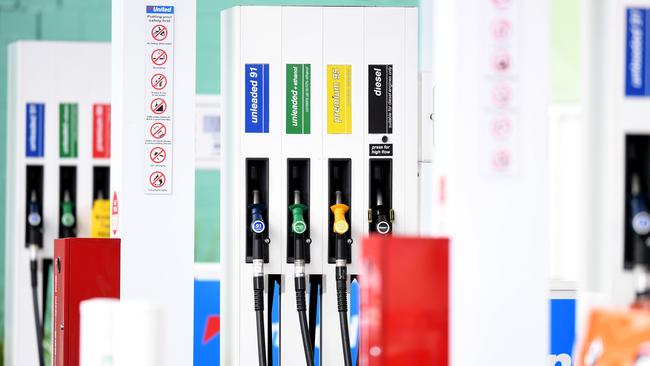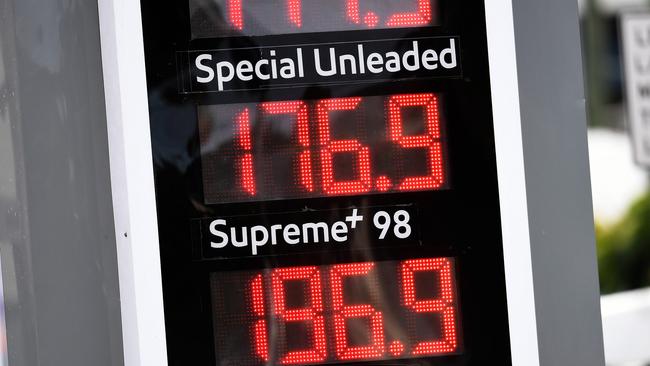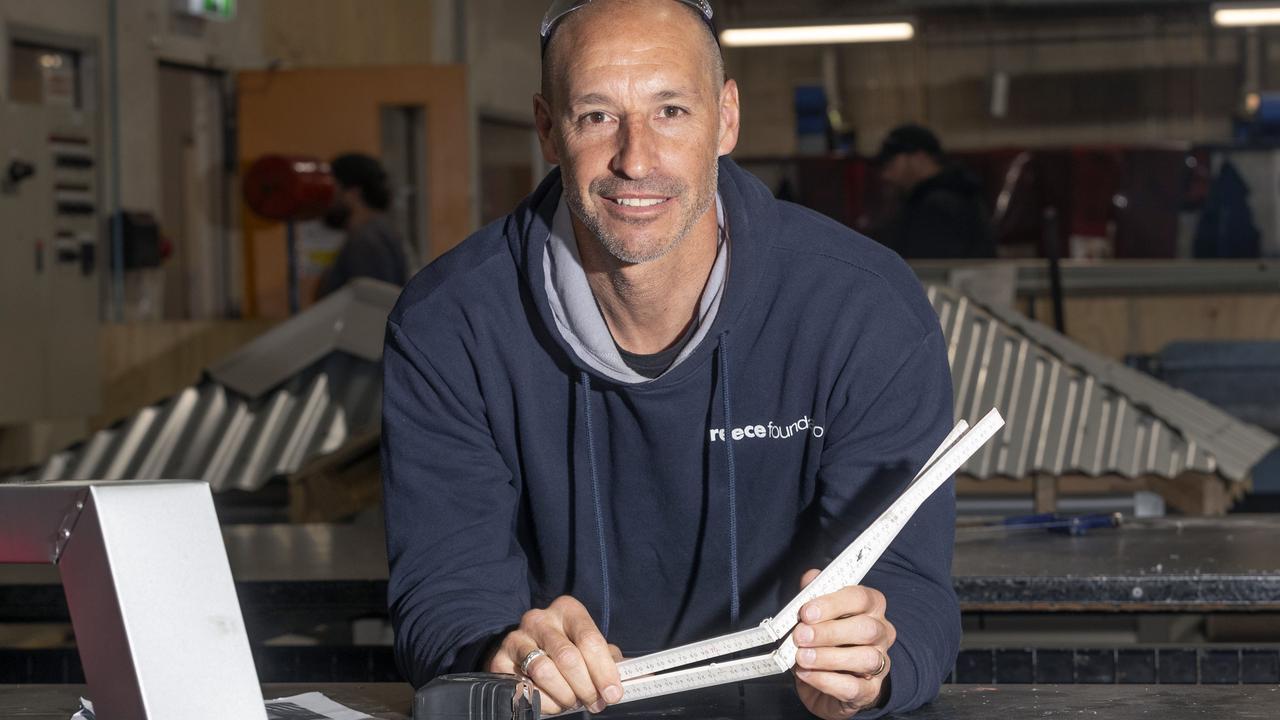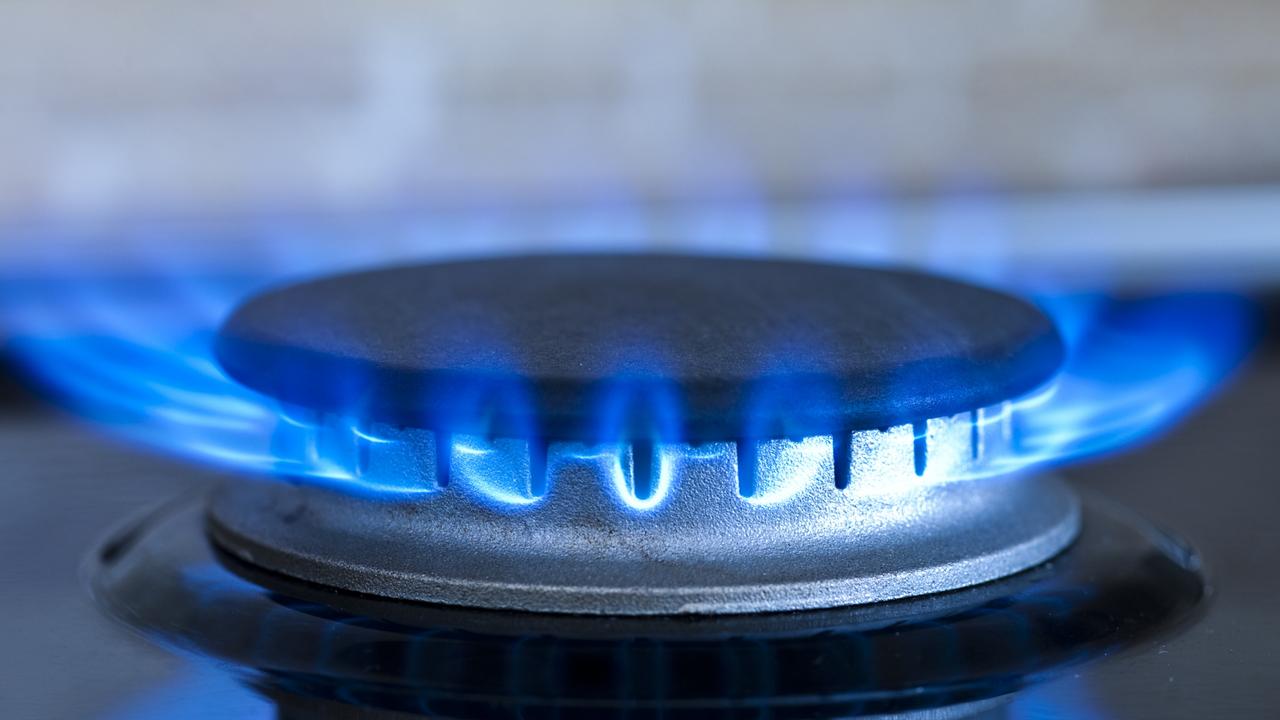Revealed: drivers forking out up to $2 per litre for petrol Melbourne
Drivers are facing more pain at the pump across Melbourne, with some petrol stations charging almost $2 per litre. Here’s where you can find the cheapest fuel.

Victoria
Don't miss out on the headlines from Victoria. Followed categories will be added to My News.
Petrol stations throughout Victoria have continued to pump up their prices, with some stations charging almost two dollars per litre following warnings record-high petrol prices could continue for months.
After Australians were warned motorists could soon be slugged up to 9 cents more per litre, prices across metropolitan Melbourne not only saw an increase, but some stations in the city’s outer suburbs appeared to be charging almost double what drivers in inner city areas were paying.
A Mickleham Coles Express on Tuesday reportedly charged drivers $1.98 per litre, while prices in Melbourne’s northern and southern suburbs ranged anywhere between $1.59 and $1.93 per litre.
According to a leading economist, fuel prices are set to spike by 3 per cent in the next two months, with motorists to be stung double that at the bowser.
And the soaring prices mean it could soon cost drivers an extra $15 to fill up a 50-litre tank.
It comes as Australia on Wednesday recorded its biggest jump in inflation since 2014, largely driven by an annual petrol price hike of 32.3 per cent.
KPMG chief economist Dr Brendan Rynne told the Herald Sun petrol prices were likely to spike by 3 per cent in the next two months, with motorists to pay double that.
“In context of what we pay at the bowser, that 3 per cent is basically doubled because of taxes etc, so we’ll be paying roughly an extra 6 to 9 cents per litre,” he said.
Dr Rynne said oil underproduction and escalating tensions between Russia and Ukraine were the main reasons motorists were feeling the crunch at the bowser.
“One of the factors driving the increase is that global production through OPEC (the Organisation of Petroleum Exporting Countries) has been a little bit behind plan,” he said.
“Another factor, in terms of pricing and forward pricing is the concern around what’s happening in Ukraine and Russia because Russia is still a large producer of oil and there’s concern about challenges in getting access to Russian oil.”

Dr Rynne said higher demand was also fuelling the price hikes.
“There was an increase in demand prior to Christmas – going into the northern hemisphere winter – because oil is used as fuel for heating and the previous winter was really cold so the big storage units had low stocks,” he said.
“World economic output is starting to increase again as we work our way through Covid – jet fuel, transportation of goods and people moving around mean overall demand for oil has been rising.
Australia’s petrol prices are pegged to international oil markets, specifically the Singapore benchmark, known as Mogas 95.
Benchmark prices for crude oil have climbed more than 10 per cent since the start of the year.
Nationwide, the average price of unleaded petrol has jumped 15 per cent in the past six months to $1.70 a litre.
In Melbourne, the average unleaded price per litre has climbed 7 per cent this month, from $1.51 to $1.62.
Dr Rynne said prices were likely to remain high for some time as increases in international oil prices took at least two weeks to be reflected in prices at the petrol pump.
The highest-priced petrol reported this week was $1.94 per litre, found at BP Oban Road in Ringwood, while the cheapest fuel was found at Coles Express Glenvern in Malvern.
Compare the Market spokeswoman Sarah Orr said Melbourne was showing the first signs of a new peak price, with at least seven locations posting unleaded prices above $1.93 per litre.
“If the latest high prices are anything to go by, we may see the average jump over the coming days,” she said.
“It is a significant change that could result in motorists paying an extra $15 to fill up their car at 50 litres.”
Ms Orr said the absence of a mandatory fuel price reporting scheme in Victoria made finding a fuel bargain more difficult in the state.
“There may still be opportunities to find a bargain if you know where to look or have time to shop around,” she said.
“Fuel finder maps, like the one in our free Simples app, provide some visibility but are constrained by issues around fuel price reporting in Victoria.
“Victoria is behind the other states in terms of accurate, reliable, real-time fuel price data which stands as a huge barrier to motorists who wish to save.”
Queensland, New South Wales, Western Australia, Tasmania and South Australia all have mandatory reporting schemes, which provide consumers with daily price updates.
“Because daily updates aren’t compulsory (in Victoria), some retailers go days between reporting prices,” Ms Orr said.
“This can mean there’s a major difference between the price that’s reported and the price that you’ll pay at the bowser.
“We know petrol can be a huge expense for people who struggle to make ends meet and over the past few months prices have become even more shocking.
“Given the considerable savings motorists could make, we strongly believe mandatory price reporting should be reconsidered.
“We urge the Victorian government to join the rest of the country in reporting fuel pricing for the benefit of all Victorians.”


